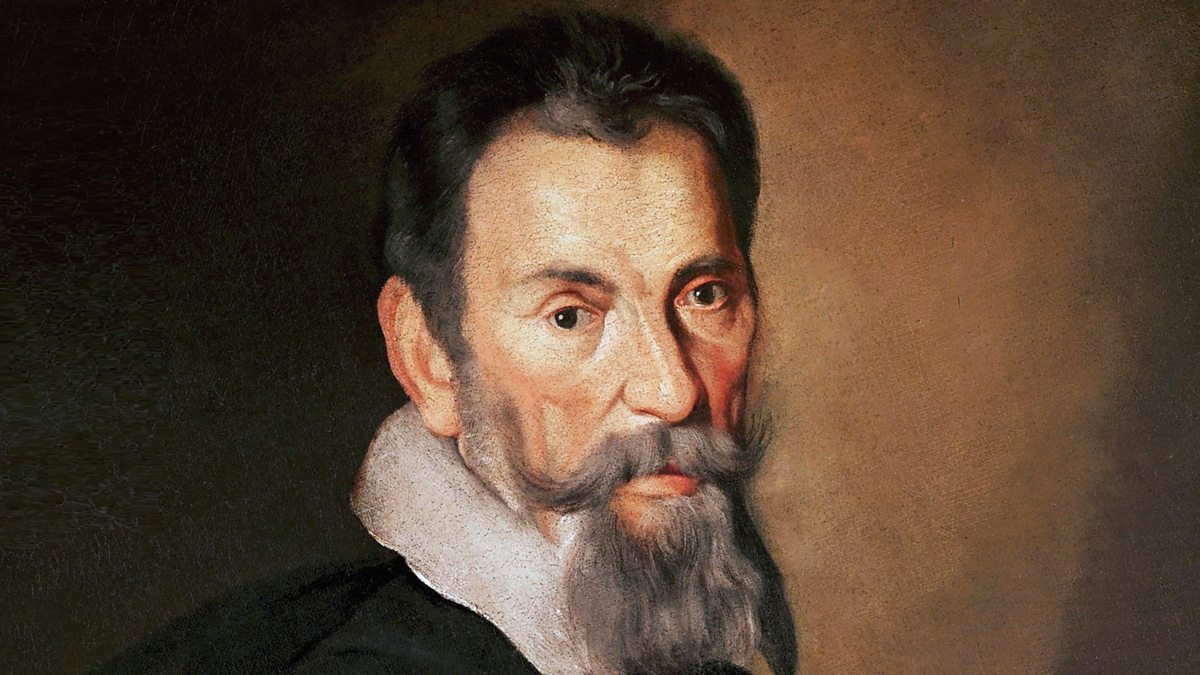The History of L’Orfeo, SV 318 by Claudio Monteverdi
Among the earliest and most influential works in the history of opera, L’Orfeo, SV 318, composed by Claudio Monteverdi, represents a turning point in the development of Western music. First performed in 1607, L’Orfeo is often considered the first great opera, a masterful blend of music, drama, and poetry that laid the foundations for centuries of operatic tradition.
Origins and Context
Monteverdi composed L’Orfeo during his time in the service of the Gonzaga court in Mantua, Italy. The libretto, written by Alessandro Striggio the Younger, is based on the ancient Greek myth of Orpheus and Eurydice—a tragic love story that had inspired various theatrical and musical works during the Renaissance.
The court of Mantua was a vibrant cultural hub, and Vincenzo Gonzaga, Duke of Mantua, was a generous patron of the arts. He commissioned Monteverdi to compose a dramatic musical work to be performed during the 1607 Carnival season. The premiere took place at the Accademia degl’Invaghiti, an elite intellectual society in Mantua, in a small, intimate performance space designed for court entertainment.
The Musical Revolution
L’Orfeo was groundbreaking in its time. While earlier attempts at opera, such as Jacopo Peri’s Dafne and Euridice, experimented with musical storytelling, Monteverdi brought a new level of emotional depth and dramatic coherence to the form. He skillfully combined elements of recitative, arias, ensembles, and instrumental interludes, creating a cohesive and expressive narrative structure.
Monteverdi’s music for L’Orfeo showcases the innovative use of orchestration and harmony. The opera features a rich instrumental ensemble, including strings, harpsichords, lutes, cornets, sackbuts, and organ. This diverse instrumentation allowed for vivid musical textures and dramatic contrasts, reflecting the emotional highs and lows of the story.
One of Monteverdi’s key achievements in L’Orfeo was his use of the seconda pratica—a more expressive style of composition that prioritized the emotional meaning of the text over strict adherence to the rules of counterpoint. This was a major departure from the Renaissance style and signaled the beginning of the Baroque era in music.
Structure and Story
L’Orfeo is structured in a prologue and five acts, following the journey of Orpheus as he attempts to rescue his beloved Eurydice from the underworld.
- Prologue: The allegorical figure of Music introduces the opera, praising the power of music to move hearts and spirits.
- Act I: Celebrates the wedding of Orpheus and Eurydice with joyful music and pastoral dances.
- Act II: The mood darkens as Eurydice dies from a snakebite, and Orpheus decides to descend into Hades to retrieve her.
- Act III: Orpheus pleads with the rulers of the underworld through the power of his music and gains permission to bring Eurydice back—on the condition that he does not look at her until they have returned to the upper world.
- Act IV: Orpheus, overwhelmed by doubt, looks back, and Eurydice is lost to him forever.
- Act V: In Monteverdi’s version, Apollo descends from the heavens and consoles Orpheus, inviting him to ascend to the stars, where he can be reunited with Eurydice in spirit.
This final act reflects the original 1607 ending. A more tragic conclusion—Orpheus being torn apart by maenads—was suggested in later versions but not used in the first performance.
Legacy and Influence
L’Orfeo was a success at its premiere and received several performances in the years that followed. It demonstrated the power of music to tell complex emotional stories and showed how opera could be more than just entertainment—it could be high art.
The work solidified Monteverdi’s reputation as one of the greatest composers of his time and marked the beginning of a long and distinguished career in opera, culminating in later masterpieces like Il ritorno d’Ulisse in patria and L’incoronazione di Poppea.
L’Orfeo fell into obscurity in the centuries following Monteverdi’s death but was rediscovered in the late 19th and early 20th centuries as part of a broader revival of early music. Today, it is widely performed, studied, and admired for its beauty, innovation, and historical importance.
Conclusion
Claudio Monteverdi’s L’Orfeo is more than just an early opera—it is a landmark achievement that shaped the future of Western music. With its expressive power, dramatic depth, and innovative use of musical techniques, L’Orfeo continues to captivate audiences over four centuries after its premiere, standing as a testament to the enduring power of art to move the human soul.


Comments are closed